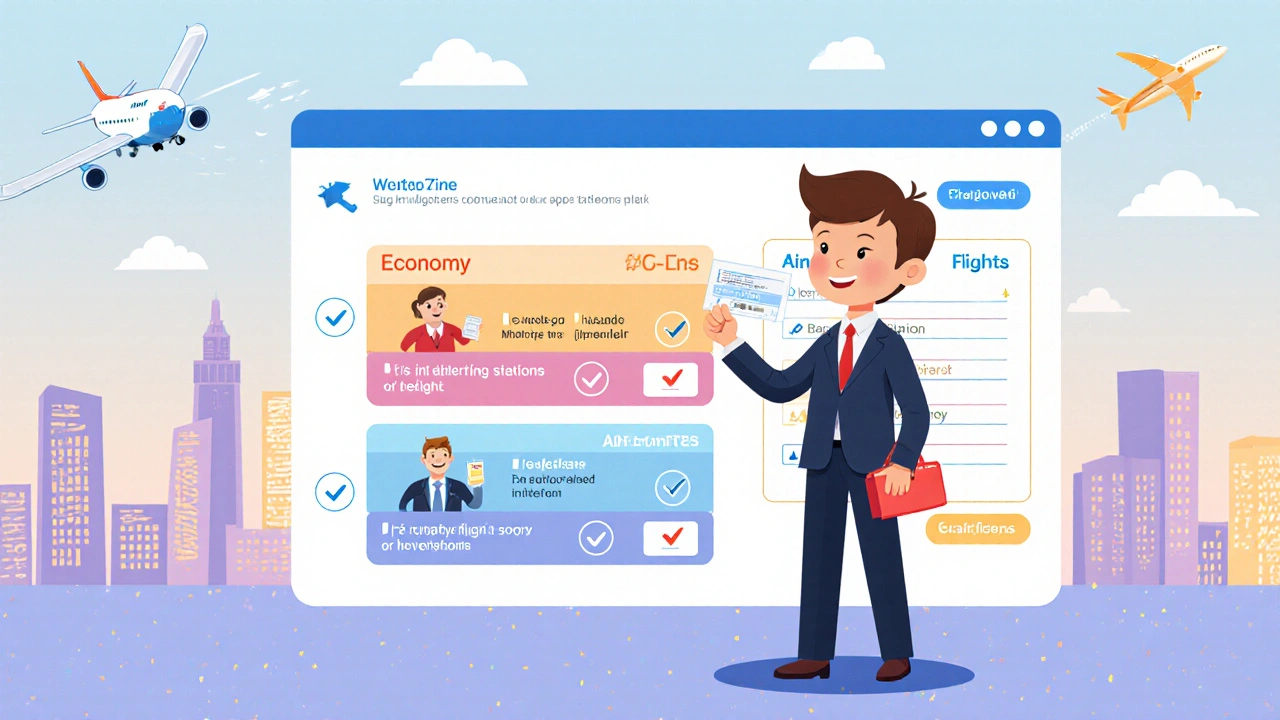Per Diem Guidelines: What They Are and How They Affect Your Business Travel Costs
When you travel for work, per diem guidelines, daily allowance rates set by organizations like the IRS to cover meals and incidental expenses while traveling. Also known as travel allowances, they’re not just paperwork — they’re how companies decide how much to pay you when you’re on the road. If you’re reimbursed based on these rates, you’re not getting paid for every sandwich or taxi ride. You’re getting a standardized amount that’s meant to reflect real costs in that city or region.
These guidelines aren’t made up. The IRS per diem rates, official daily allowances published by the U.S. General Services Administration for federal employees and adopted by most private companies change every October. They’re split into two parts: lodging and meals/incidentals. For example, in New York City, the 2024 meal allowance is $77 a day — but in Des Moines, it’s $60. That’s not arbitrary. It’s based on real data from hotel and food costs in each area. Companies use these numbers to keep reimbursements fair and tax-compliant. If you get more than the per diem rate, the extra might be taxed as income. If you get less, you’re eating out of pocket.
And it’s not just about the IRS. Your company might have its own business travel expenses, policies that define how employees are reimbursed for travel, including limits on lodging, meals, and incidentals that are stricter than federal rules. Some firms cap meals at 75% of the IRS rate. Others pay flat rates regardless of location. Some even require receipts for everything under $75. Knowing your company’s policy is just as important as knowing the IRS rate — because one wrong receipt can trigger an audit or delay your pay.
Per diem guidelines also affect how you plan trips. If you’re flying to Chicago for two days and staying overnight, you get the full daily rate for both days. But if you leave at 6 a.m. and return the same day? You get 75% of the rate. That’s a real difference in your pocket. And if you’re traveling internationally? The State Department sets different rates for each country — and they’re not always easy to find. You can’t just guess. You need to check the official tables before you book.
There’s no magic trick here. Per diem isn’t about getting free money. It’s about getting what you actually need to function while traveling — without the hassle of tracking every coffee or Uber. But if you don’t understand the rules, you’ll either lose out or accidentally break tax laws. That’s why companies with smart travel policies train their teams on this stuff. And that’s why the posts below cover everything from how to claim per diem correctly, to how to push back when your company’s policy doesn’t match reality, to how to use these rates to negotiate better travel budgets. You’ll find real examples, real numbers, and real mistakes people make — and how to avoid them.



